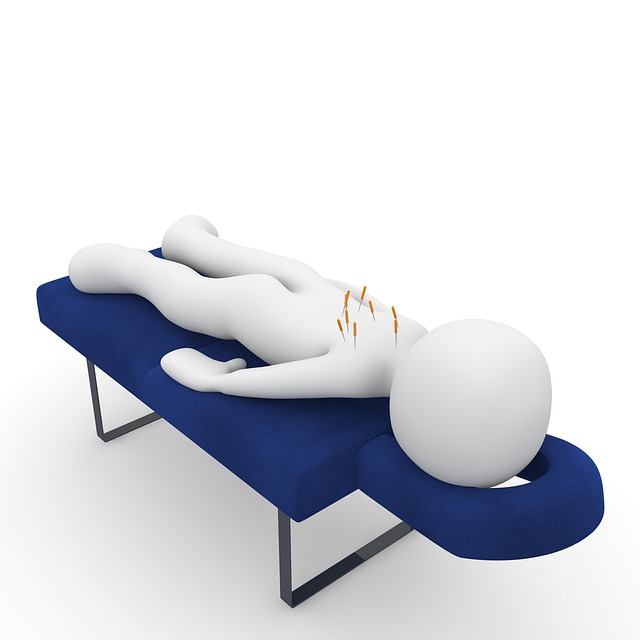Before PRP therapy for sports injuries, consult a healthcare provider for guidance on preparation, including medical history and rest. The process involves blood extraction, processing to isolate platelet-rich plasma (PRP), and targeted injection under imaging. Post-treatment care includes rest, hydration, diet, ice packs, gradual activity, and follow-ups for optimal recovery from PRP therapy for sports injuries.
“Uncover the secrets of PRP therapy for sports injuries with our comprehensive guide. This article takes you on a journey through every step of a PRP treatment session, from initial preparation to post-care recovery.
Learn what to expect during each phase, including the procedure’s administration and its benefits for athletic healing. We demystify the process, offering practical tips before and after your session to ensure optimal results. Get ready to revolutionize your sports injury rehabilitation journey.”
Understanding Your PRP Treatment: A Step-by-Step Guide
Before your first PRP (Platelet-Rich Plasma) treatment session, understanding what to expect is crucial. Here’s a step-by-step guide to help you navigate this innovative therapy for sports injuries:
1. Initial Consultation: Begin by meeting with a qualified healthcare provider who specializes in PRP therapy. They will assess your injury, discuss your medical history, and explain how PRP could aid in your recovery. This is also the time to ask any questions you may have about the procedure.
2. Blood Extraction: During your treatment session, a small amount of blood will be drawn from your body, typically from your arm, similar to a routine blood test. This blood sample is then processed using a specialized centrifuge machine that separates the platelets from other blood components. Platelets are rich in growth factors known to promote healing and tissue regeneration.
3. PRP Injection: Once the concentrated PRP is ready, it will be carefully injected into the affected area, such as a sprained ankle or damaged tendon. The healthcare provider will use imaging guidance, like ultrasound, to ensure precise placement of the injection. You may feel a brief stinging sensation at the injection site.
Preparing for Session: What to Do Before and After
Preparing for Your PRP Therapy Session
Before your PRP therapy for sports injuries session, it’s crucial to communicate any medical conditions or medications with your healthcare provider. This includes informing them about any allergies and current treatments, as certain factors may impact the procedure’s effectiveness or safety. Additionally, ensure you rest the affected area gently before the session, avoiding strenuous activities that could worsen the injury. Dressing comfortably is essential; wear loose-fitting clothing that allows easy access to the treatment site.
Post-session, follow any instructions provided by your healthcare professional for proper care. This may include applying ice packs, keeping the treated area elevated, or limiting certain activities. Staying hydrated and maintaining a healthy diet can aid in the body’s natural healing process. Remember, rest is vital; allowing time for recovery between sessions can enhance the benefits of PRP therapy for sports injuries.
The Procedure: How PRP Therapy is Administered
PRP therapy for sports injuries involves a simple yet powerful procedure. During a treatment session, a small amount of blood is drawn from the patient and placed in a centrifuge machine. This device spins the blood at high speeds, separating its components. The focus here is on the platelet-rich plasma (PRP), which contains a high concentration of growth factors and other beneficial proteins. Once separated, this concentrated PRP is then carefully injected into the affected area, such as a sprained ankle or strained muscle. This method leverages the body’s natural healing process by delivering these powerful agents directly to the site of injury, potentially stimulating tissue repair and accelerating recovery.
Post-Treatment Care: Recovery and Follow-Up Tips
After your PRP therapy for sports injuries, proper post-treatment care is essential for optimal recovery. It’s recommended to rest the treated area for a few days, avoiding strenuous activities or any movements that cause discomfort. Ice therapy can be beneficial during this time; applying ice packs for 15-20 minutes several times a day helps reduce swelling and pain. Over-the-counter pain relievers can also be taken as needed.
As your body heals, gradually reintroduce physical activities and exercises. Start with light stretching and gentle movements, progressively increasing intensity over the following weeks. It’s crucial to listen to your body; if any activity causes pain or discomfort, stop and consult your healthcare provider. Regular follow-up appointments are often scheduled to monitor progress and ensure a safe recovery process.
PRP therapy for sports injuries has shown promising results in accelerating healing and restoring function. By understanding the step-by-step process, preparing adequately, and following post-treatment care tips, you can maximize the benefits of your PRP session. Remember, each treatment is tailored to your specific needs, so trust the expertise of your healthcare provider throughout the journey towards faster recovery and improved performance.
